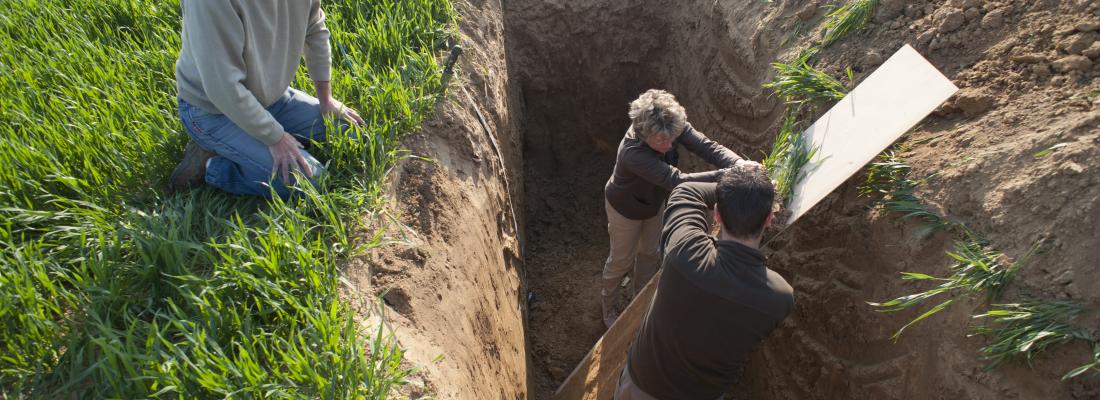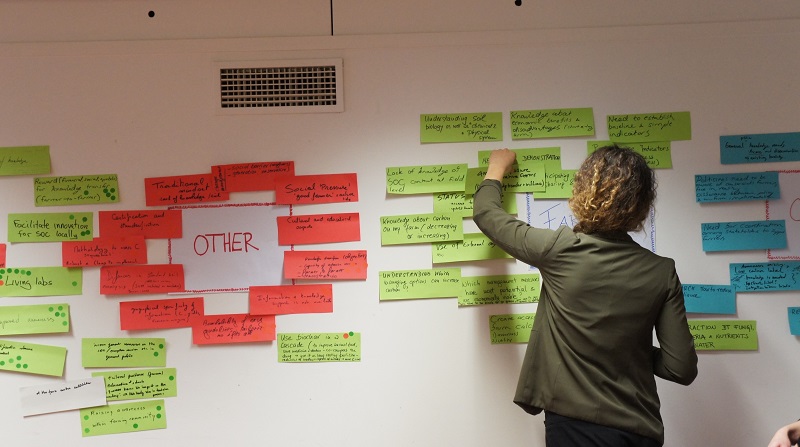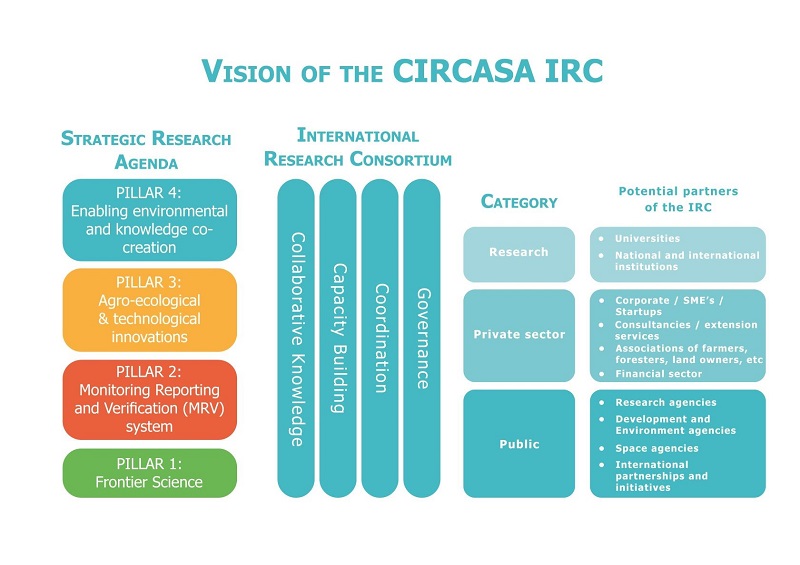CIRCASA project, towards an International Research Consortium on soil carbon
Published on 10 March 2021

About the project
The CIRCASA project (Coordination of International Research Cooperation on Soil Carbon Sequestration in Agriculture) is an H2020 project coordinated by INRAE that aims to develop international synergies concerning research and knowledge exchange in the field of carbon sequestration at the European Union and global levels.
This pilot project is part of INRAE’s international priority programme’s strategy on “Soils and Climate Change” to contribute to climate change mitigation and adaptation. CIRCASA, launched in 2017 for a duration of 3 years, has 22 partners from 17 countries all around the world who bring a uniquely dense network of scientific expertise. The project also benefits from the close participation and collaboration with the research secretariats of the “4 per 1000 initiative”, Global Research Alliance (GRA), the Joint Programming Initiative on Sustainable Agriculture, Food Security and Climate Change (FACCE-JPI), and the FAO Global Soil Partnership.
This coordination and support action is part of a wide effort for climate commitments such as the Paris agreements and the SDGs. To do so, it is important to face knowledge gaps that prevent the implementation of effective measures and to better understand the potential trade-off between carbon sequestration and other economic, environmental, and social dimensions of soil management.
To take these insights forward, the CIRCASA project has developed a co-designed Strategic Research Agenda (SRA) grounded on scientific evidence identifying research and innovation needs and supporting the demands expressed by stakeholders in 10 regions of the world.

Towards an International Research Consortium on soil carbon
The SRA underlines the increasing need to develop an International Research Consortium (IRC) on SOC in agriculture to coordinate international collaborative efforts, facilitate and align Research and Innovation activities both in the EU and in other world regions. This IRC would enable a structured approach and improved international coordination to create breakthroughs, avoid duplication of activities and develop innovation on a large scale.
The CIRCASA project’s SRA is structured in four pillars resulting from the agreed priorities for the IRC:
Pillar 1 focuses on combining big data, artificial intelligence, and ecological theories to improve the understanding of the role of agricultural management for soil health.
Pillar 2 aims to advance the setting up of an international standard for the monitoring, reporting, and verification of soil carbon.
Pillar 3 is dedicated to agro-ecological and technological innovations.
Pillar 4 focuses on advancing an enabling environment for farmers. This includes understanding and piloting institutional, legal, and economic solutions.

This IRC needs to be highly interdisciplinary and guided by stakeholder’s demands, it requires to carry ambitious international research and innovation projects and programs to coordinate across regions and across pillars. This implies to share and develop collaborative knowledge, capacity building and create coordination across institutions, organizations insured by the IRC governance.
An interdisciplinary consortium guided by stakeholders
There are numerous categories of organizations that can contribute to this vision such as research, private sector and public sector organizations.
Different stakeholders can work together through the working-groups organized by pillars and/or regions to enable knowledge environment co-creation, bring the knowledge to the local stakeholders, and co-design that knowledge in a diversity of cultural context.
After the three-year project, CIRCASA project activities will be carried out to seek interest on the consortium, developing a formal dialogue with potential partners including funders, developers, and users as well as to develop use cases and prepare preliminary discussions on the level of commitment.
If your institution or organization is interested in joining this global initiative, we encourage you to contact us and fill in the letter of interest template available below.
CIRCASA-letter of interest.docx docx - 17.82 KB
More info about the IRC here
CIRCASA final conference video
